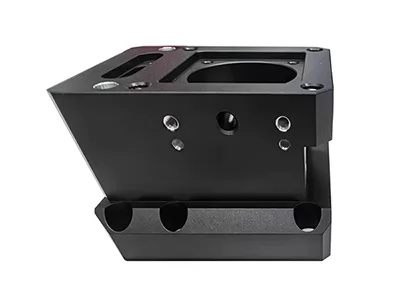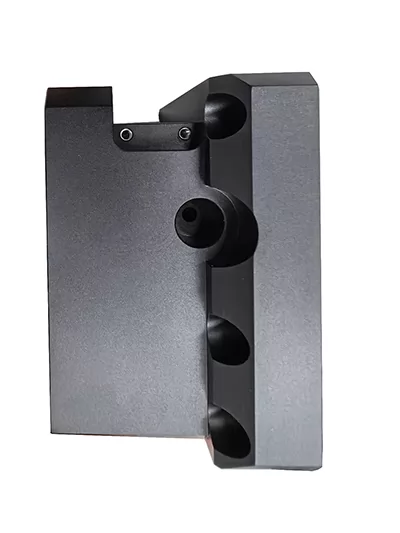

A laser sensor is a sensor that uses laser technology to detect, measure or sense. Laser cutting sensor aluminum die-cast parts requires some key considerations to ensure a high-quality cutting process. It uses a laser beam as the main sensing element to collect information about the surrounding environment or target objects. Laser sensors are known for their precision, accuracy, speed and non-contact nature, making them suitable for a wide range of applications. Here are some key aspects of laser sensors:
Material Selection: Aluminum is a relatively easy material to machine, but different alloys may respond differently to laser cutting.
Laser power and focus: Adjust laser power and focus based on the thickness and material type of the part.
Cutting speed: Control the speed of laser cutting to ensure cutting quality.
Gas assist: Use gas assist, such as nitrogen or oxygen, to remove molten material from the cutting area, prevent oxidation of the cutting area, and increase cutting speed.
Tool Design: Design tools for aluminum die-cast parts to ensure the tool geometry and edge quality are suitable for laser cutting applications.
Positioning and Clamping: Make sure parts are positioned and clamped correctly to avoid movement during cutting.
Cooling System: Consider using a cooling system to control the temperature of the cutting area to prevent overheating and improve cut quality.
Quality inspection: Carry out quality inspection after the cutting is completed to ensure that the quality of the cut edge meets the requirements and that there are no undesirable heat-affected areas.
Before laser cutting, it is recommended to conduct small sample testing to determine the best cutting parameters and processes.
Laser sensors typically include the following components:
laser diode
Laser diodes are key components that emit the laser beam used for sensing. It is a semiconductor device that converts electrical energy into light energy. Laser diodes produce coherently focused beams of light with specific properties such as wavelength, power, and divergence.
Optics
Optics play a vital role in laser sensors by shaping and guiding the laser beam. Optical components include lenses, mirrors, beam expanders, and filters. They control beam size, focus, divergence and other characteristics to meet specific sensing requirements.
Photodetector
Photodetectors are used to detect laser light reflected, transmitted or scattered by a target object. Photodetectors convert light signals into electrical signals for further processing. Common photodetector types used in laser sensors include photodiodes and phototransistors.
signal processing circuit
Laser sensors use signal processing circuitry to analyze the electrical signal from the photodetector. The circuit may include amplifiers, filters, analog-to-digital converters (ADCs), and digital signal processing (DSP) components. Signal processing circuitry helps extract relevant information from the detected laser signal, such as distance, location or the presence of an object
control electronic equipment
Laser sensors typically include control electronics that manage the operation of the sensor. These electronics control parameters such as laser power, modulation, scanning mode (in scanning laser sensors) and triggering mechanisms. Control electronics ensure correct synchronization and coordination between laser emission, signal detection and data processing.
Housing and interface
Laser sensors are encased in a housing or package that provides mechanical protection, stability, and sometimes environmental sealing. Enclosures may also include features such as mounting brackets, alignment rails, and connection interfaces. This interface allows the laser sensor to communicate with other devices or systems, such as a controller or computer.
power supply
Laser sensors require power to operate, usually in the form of electricity. The power supply can be internal or external, depending on the sensor design and application requirements.
These are the main components commonly found in laser sensors. The specific design and configuration of a laser sensor may vary depending on the intended application, performance specifications and required sensing capabilities.







.png)


.png) +86-574-83036520
+86-574-83036520 +86-574-83008051
+86-574-83008051 sales@innovaw.com
sales@innovaw.com

.png)

.png)
.png)
.png)

.png)
.png)
.png)










.png)

